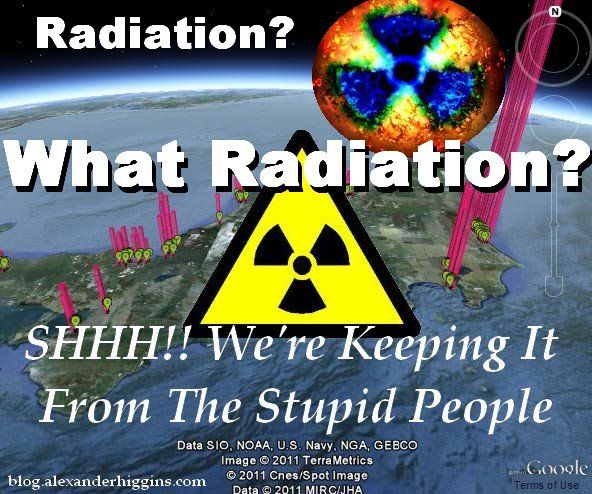Containment weaves between an uneasy present and an imaginative, troubled far future, exploring the idea that over millennia, nothing stays put.
Can we contain some of the deadliest, most long-lasting substances ever produced? Left over from the Cold War are a hundred million gallons of radioactive sludge, covering vast radioactive lands.
Governments around the world, desperate to protect future generations, have begun imagining society 10,000 years from now in order to create monuments that will speak across the time.
Part observational essay filmed in weapons plants, Fukushima and deep underground—and part graphic novel—Containment weaves between an uneasy present and an imaginative, troubled far future, exploring the idea that over millennia, nothing stays put.
Containment Press kit
Download press kit [PDF]Download film stills [ZIP]
Download production stills [ZIP]
About the directors—
Containment is the second film directed by Peter Galison and Robb Moss. The two also directed Secrecy (2008), which premiered at the Sundance Film Festival and showed at Tribeca, South by Southwest and over two dozen other film festivals around the world. Examining the relationship between government secrecy, national security and democracy, Secrecy was reviewed in more than 20 newspapers, including The New York Times and Los Angeles Times, and was screened by both the Congressional Record and the ACLU.
Contact—
Thank you for your interest in contacting Containment. We look forward to hearing from you via Facebook, Twitter, or Email.
For international sales and distribution inquiries, please contact Cristine Platt Dewey at ro*co films international.
North American Distribution Strategist: Peter Broderick.
For international sales and distribution inquiries, please contact Cristine Platt Dewey at ro*co films international.
North American Distribution Strategist: Peter Broderick.








